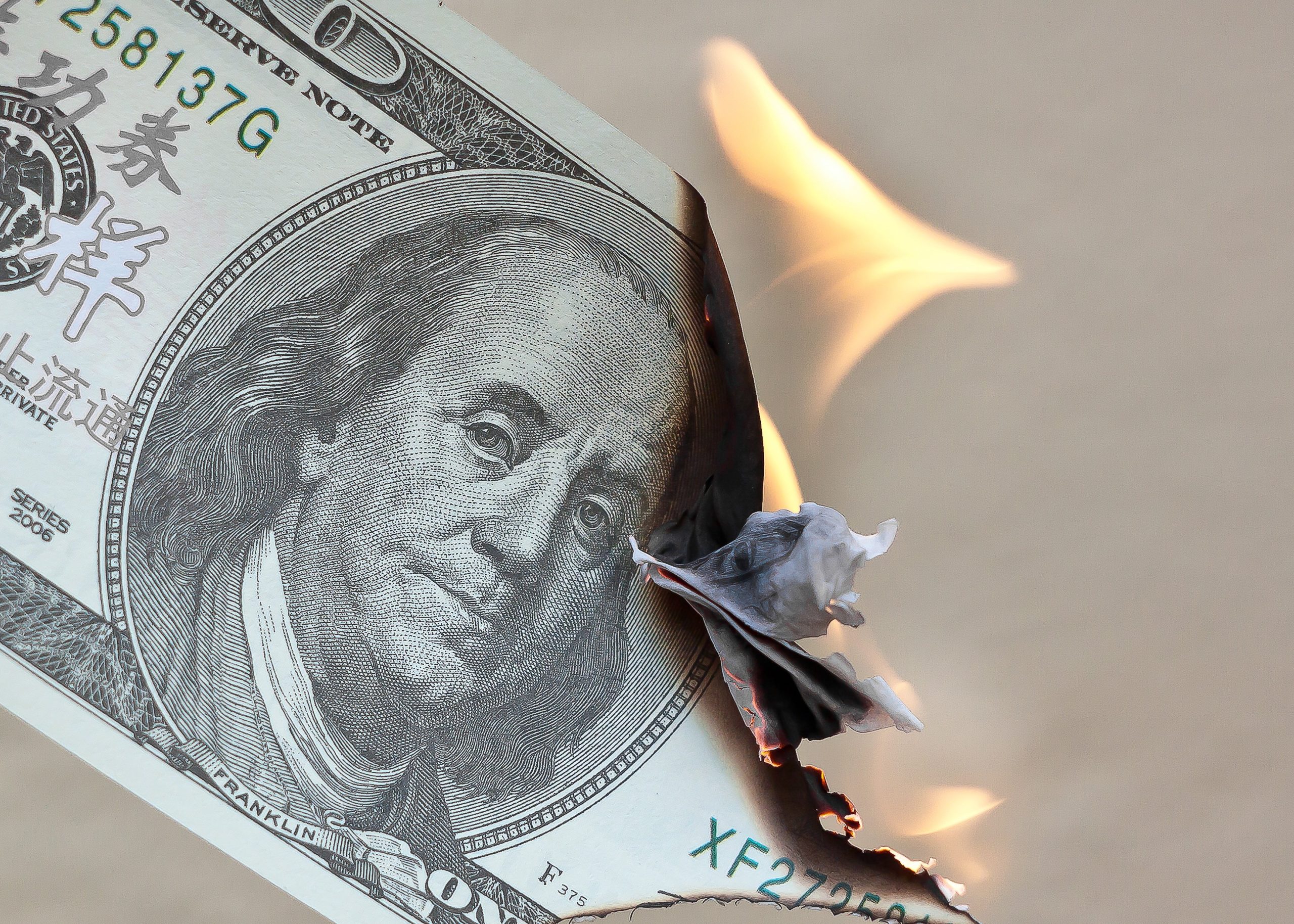Inflation eases to 3% in June — stoking expectations of Fed rate cut

Inflation numbers reported by the government on Thursday came in cooler than anticipated — fueling Wall Street anticipation of an interest rate cut later this year and sending stock market futures soaring before the opening bell.
The US government’s Consumer Price Index rose 3% in June, the Labor Department said on Thursday. Inflation for June had been predicted to be 3.1% versus a year ago, according to a survey of economists by the data provider FactSet — down from 3.3% in May.
Analysts had estimated that the CPI would rise 0.1% from May to June.
Core CPI, which excludes volatile food and energy prices, also came in cooler than anticipated in June. It rose 3.3% year-over-year — a nick under the 3.4% forecasts.
That’s down sharply from June 2023, when core inflation had risen 4.8% from the previous 12 months.
Month-over-month, core CPI increased 0.1% — just under the 0.2% estimate.
Prior to Thursday’s report, optimism had been rising among economists, investors and Federal Reserve officials that inflation was nearly under control.
Chair Jerome Powell and his fellow Fed policymakers nevertheless still sound cautious.
On Wednesday, Powell reiterated that theres been considerable progress in slowing inflation to the central banks 2% target.
At the same time, he cautioned that more good data would be needed for Fed officials to gain the confidence they need to cut their key interest rate, now at a two-decade high of 5.3%.
And even as overall inflation moderates, such necessities as groceries, rent and health care are much pricier than they were three years ago — a continuing source of public discontent and a potential threat to President Joe Bidens re-election bid.
Most other measures suggest that the economy is healthy, though slowing: Unemployment is still relatively low, hiring remains steady and many consumers continue to travel, eat out and spend on entertainment.
Yet polls have shown that the cumulative price increases are weighing on Bidens popularity.
The Fed has kept its key rate unchanged for nearly a year after having aggressively raised it in 2022 and 2023 to fight the worst streak of inflation in four decades.
Its rate hikes have led to costlier mortgages, auto loans, credit cards and other forms of consumer and business borrowing.
Inflation is now far below its peak of 9.1% in mid-2022.
The June inflation data beat the collective forecast of economists, which certainly qualifies as another installment of the more good data Powell is seeking.
With Post Wires